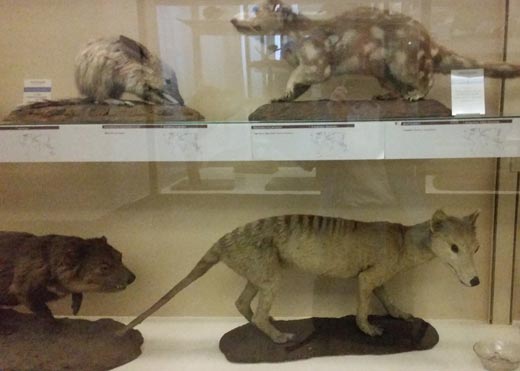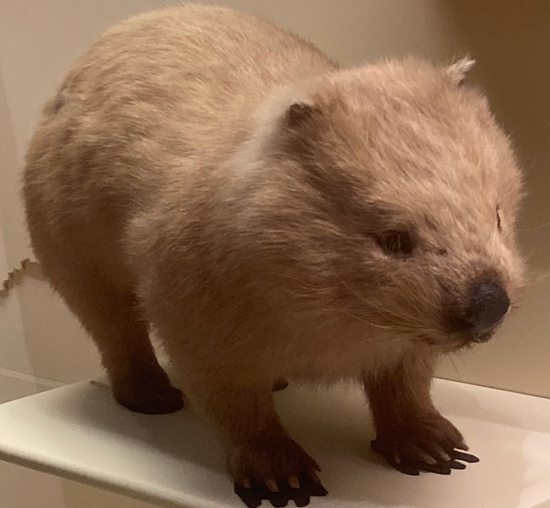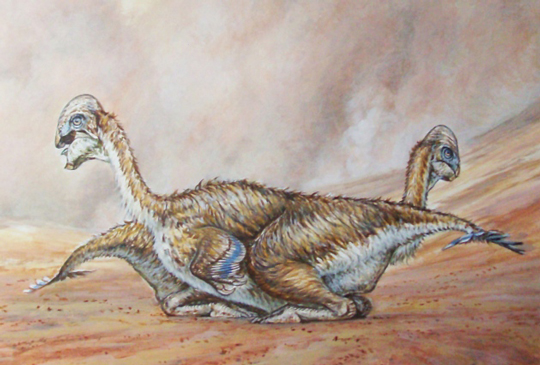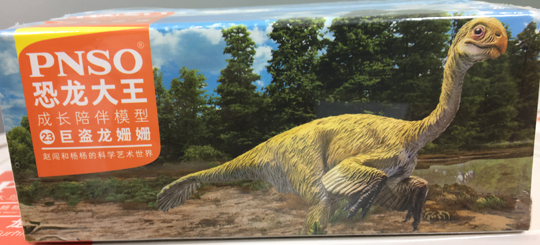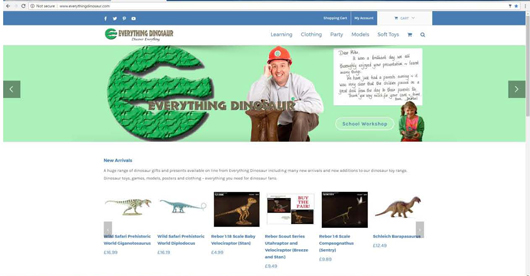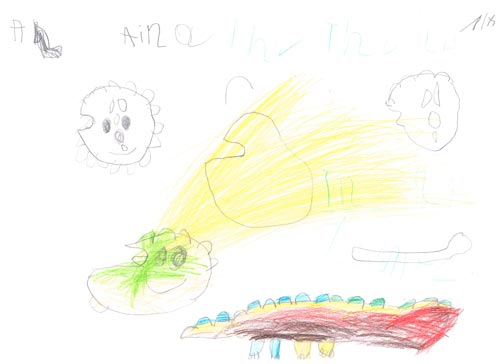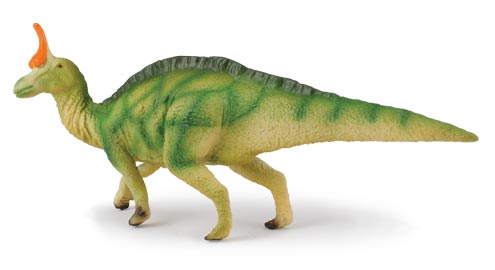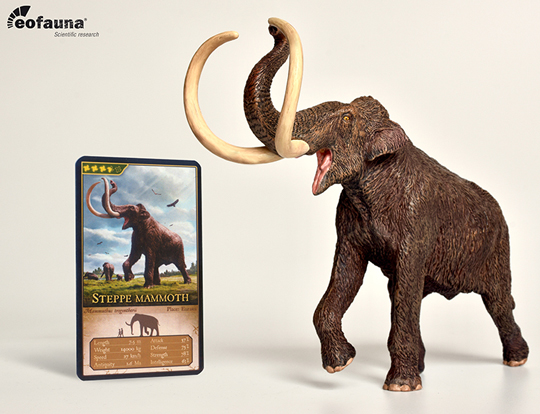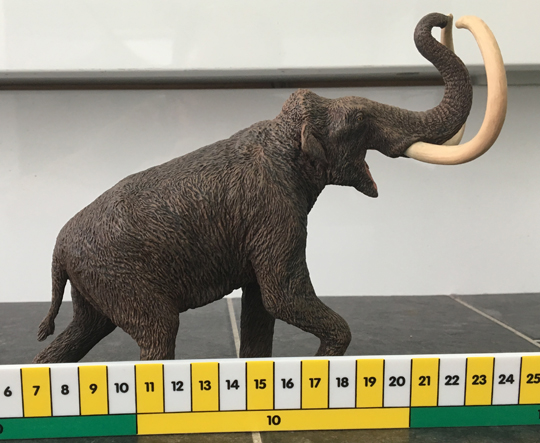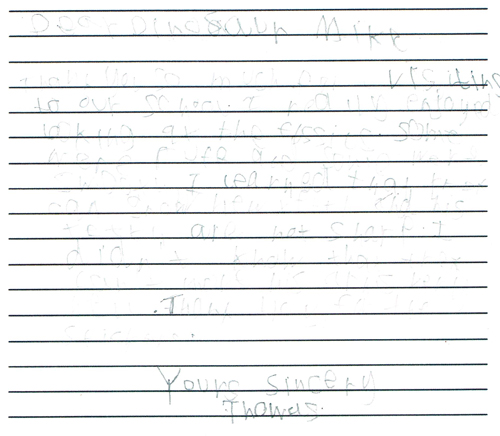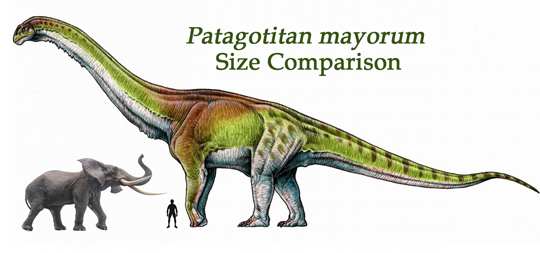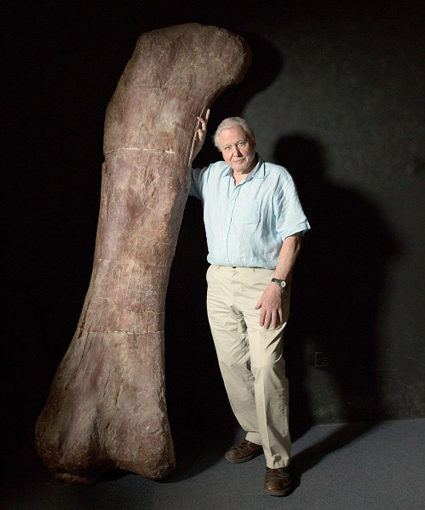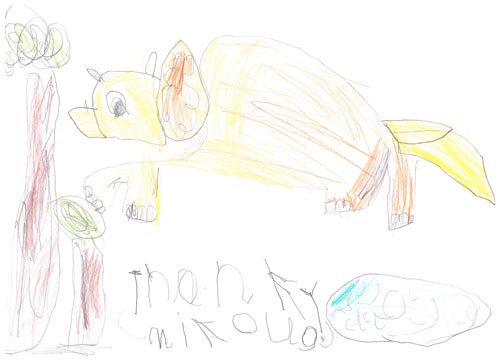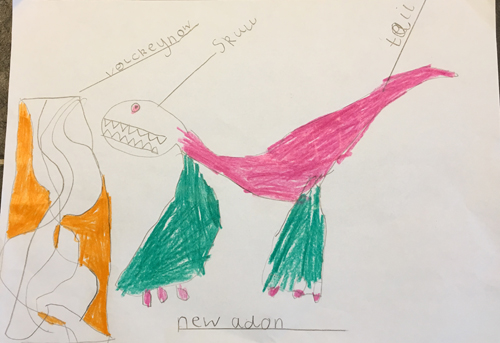Articles and blog posts that examine general teaching topics and school activities.
Threatened Species Day 2017 Remembering the Amazing Thylacine
Remembering the Thylacine
Today, September 7th is “National Threatened Species Day” in Australia. On this day, in 1936, the last known Tasmanian Tiger (Thylacinus cynocephalus) died in Beaumaris Zoo, Tasmania. Thus, the largest marsupial predator of recent times became extinct.
Thylacinus cynocephalus
The Tasmanian Tiger, sometimes referred to as the Tasmanian Wolf or to be more correct, the Thylacine was once widespread throughout much of Australia and particularly numerous on Tasmania. However, with the arrival of European settlers the demise of this predator was accelerated and within a few decades the population was in terminal decline.
The Tasmanian Tiger (Thylacinus cynocephalus)
Picture credit: Everything Dinosaur
Australia’s Unique Flora and Fauna
National Threatened Species Day encourages Australians to reflect on the unique nature of the country’s flora and fauna and to consider how best to conserve it. As the day is commemorated, it also highlights the amazing work that is being done by conservationists, researchers, volunteers and volunteers. It has been estimated that Australia is home to more than half a million animal and plant species, a large number of which are unique to the continent. Scientists estimate that over the last two hundred years, more than one hundred unique plant and animal species have become extinct and that includes the Thylacine.
Wombat – Unique to Australia but Vulnerable to Extinction
Picture credit: Everything Dinosaur
Iconic animals, such as the Wombat and the Koala, sometimes called the Koala Bear (even though it is only very distantly related to bears, is classified as vulnerable by the International Union for Conservation of Nature (IUCN). Habitat destruction and the loss of Eucalyptus trees along with severe drought has significantly reduced this arboreal herbivores numbers.
Hope for the Thylacine?
There have been numerous claimed sightings of Thylacines. Prompted by some plausible eye-witness accounts, researchers from James Cook University have set up camera traps in a remote part of northern Queensland in an attempt to capture footage of Thylacines. Everything Dinosaur featured the plans to hunt for Thylacines in a blog article published in the spring: Hunting for Tasmanian Tigers. Scientists at the University of California, Berkeley, rained on the researcher’s parade somewhat when they calculated the probability of the Thylacine having survived at being about 1 in 1.6 trillion.
Extension Ideas
- Have the class list animals and then look up their conservation status on the International Union for Conservation of Nature (IUCN) Red List.
- Split the children into groups and have them research the story of various extinct animals – animals such as the Dodo, Thylacine, Moa, Passenger Pigeon, Great Auk.
- With the collaboration of the “Forest School” organiser, what practical steps can the school take to set up their own wildlife conservation area.
Visit the Everything Dinosaur website: Everything Dinosaur.


